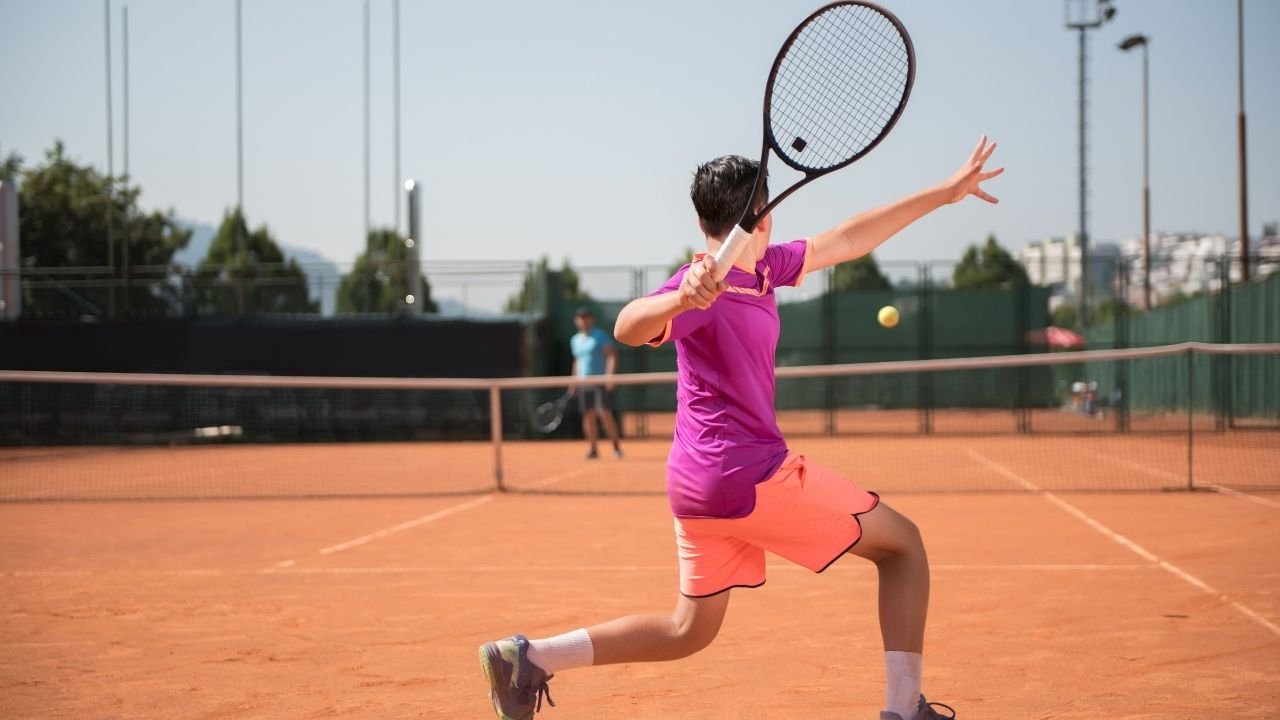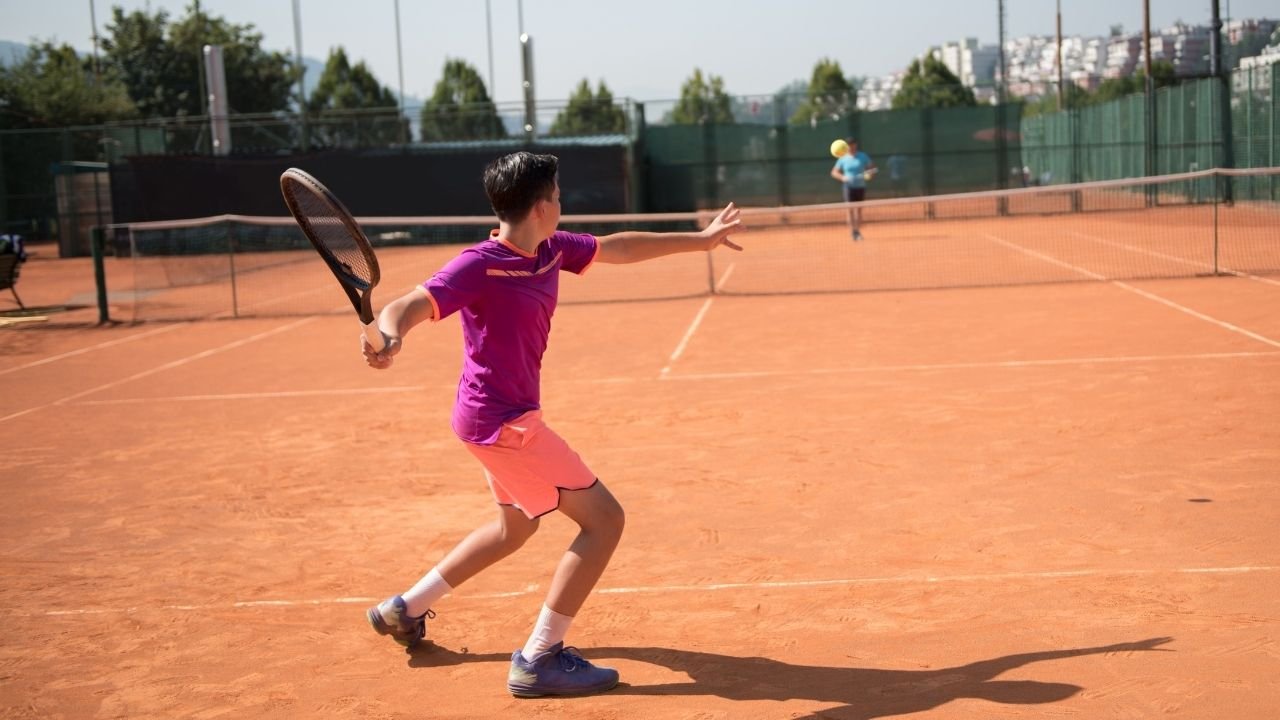Four Ways to Make Your Groundstrokes More Powerful
We’ve all seen tennis professionals on TV effortlessly hitting 128km/h groundstroke winners. But the average club tennis player struggles to hit a groundstroke over 65km/h. Why?
You might be thinking, “I’m not surprised! They’re all tennis professionals… it’s what they do for a living.” And yes, I completely agree. Part of the reason behind their powerful groundstroke is practice. But the other part is excelling at the fundamentals. When making a groundstroke there is an important sequence to follow to hit an efficient shot and this is often overlooked by amateur players.
This post offers four tips to take your groundstroke, and your results on the court, to the next level.
#1 Bend your knees
If you’ve taken a tennis lesson chances are your coach repeatedly told you to bend your knees. Most beginner and intermediate players keep their knees bent when hitting a shot. But most of them don’t understand how often they need to bend their knees. The answer is continuously. The main reason to bend your knees is so your racquet gets below the tennis ball. As a result, the degree of your knee bend depends on the height of the ball. For example, for a high topspin ball you only need to slightly bend your knees vs. for a very low ball you need to go into a squatting position. Tennis is a dynamic sport, which means you’re always moving and reacting to your opponent’s shots. So you should always keep your knees bent, even after you hit your shot.
#2 Step in
Step in whenever you can. Also known as being in a “close stance,” this position is important when hitting a groundstroke. The power generated by this position doesn’t necessarily come from your arms, though. In fact ~60% of the power should be generated by your legs. Ideally, you want to be in a forward lunging position to enable the back of your foot to push forward. This allows your body to make a forward transition against the ball. The next time you’re hitting a groundstroke, imagine pushing against a wall so all your body weight transfers into the ball.
#3 Lock and load
This is what separates intermediate from advanced players. And it basically sums up the previous points. Before hitting a groundstroke, it’s important to lock your hip by rotating it to the side. Then load your bent knees as you move into a forward lunging position. The forward lunging position is so important in tennis! Locking and loading maximizes weight transfer into the ball as well as the elastic energy ready to be released.
#4 Strengthen key muscles
Lastly, the stronger your body, the better you’ll perform on court. Strengthening the key muscles used when making a groundstroke will help you make the most of the points above.
Here are some useful exercises to incorporate into your routine before your next hitting session:
Split squat jumps
Bulgarian squats
Single leg squats to chair
Bridges or single leg bridges
Want to book yourself in for a tennis specific assessment?
Call 9873 2770 or book online https://bookings.nookal.com/bookings/location/39XKS.
Written by Bryan Chen, APA Physiotherapist and Professional Tennis Coach



